Click on images to enlarge

Fig. 1. Mixonychus tasmaniensis adult female paratype - detail of empodia I, II, IV (n.b. duplex setae are distal and adjacent on tarsus I).
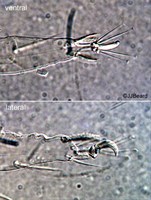
Fig. 2. Mixonychus tasmaniensis adult female paratyoe - detail of empodia.
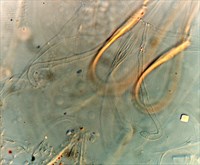
Fig. 3. Mixonychus tasmaniensis adult female paratype - detail of the peritreme, with short recurved hook.
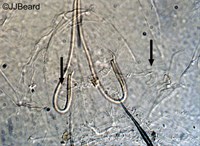
Fig. 4. Mixonychus tasmaniensis adult female paratype - detail of peritreme (arrows indicate the tip).
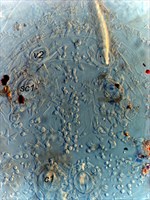
Fig. 5. Mixonychus tasmaniensis adult female paratype - detail of the cuticle on the prodorsum.
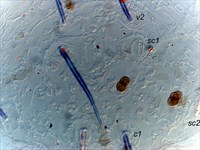
Fig. 6. Mixonychus tasmaniensis adult female paratype - detail of the cuticle on the prodorsum.
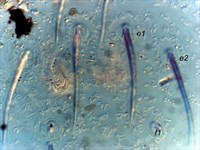
Fig. 7. Mixonychus tasmaniensis adult female paratype - detail of dorsal opisthosomal lcuticle between setae e1 and f1.
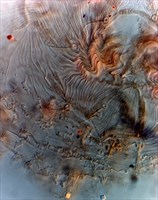
Fig. 8. Mixonychus tasmaniensis adult female paratype - detail of posterior ventral cuticle.

Fig. 9. Mixonychus tasmaniensis adult female paratype - detail of dorsum.
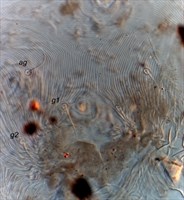
Fig. 10. Mixonychus tasmaniensis adult female paratype - detail of the pattern of pregenital striae.
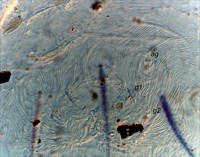
Fig. 11. Mixonychus tasmaniensis adult female paratype - detail of the pattern of pregenital striae.
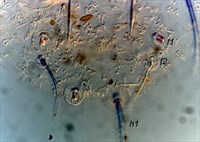
Fig. 12. Mixonychus tasmaniensis adult female paratype - detail of the position of dorsal opisthosomal setae f1 and f2; note also pattern on dorsal cuticle.
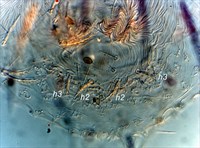
Fig. 13. Mixonychus tasmaniensis adult female paratype - posterior venter with detail of the form of setae h2 and h3; note also the pattern on the cuticle.
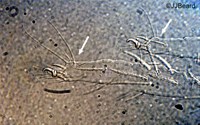
Fig. 14. Mixonychus tasmaniensis adult female paratype - detail of tarsus I (arrows indicate duplex setae - distal and adjacent).
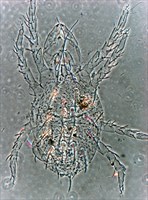
Fig. 15. Mixonychus tasmaniensis adult female paratype - dorsal habitus.

Fig. 16. Mixonychus tasmaniensis adult female paratype - detail of leg setae on femur I, femur II and genu II - dorsal setae thick and barbed; ventral setae fine and barbed.
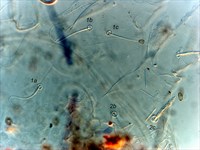
Fig. 17. Mixonychus tasmaniensis adult female paratype - coxae I-II, with seta 2c thick and barbed.
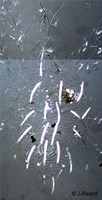
Fig. 18. Mixonychus tasmaniensis adult male paratype - dorsal habitus.
Material examined
types
Taxonomy
Subfamily Tetranychinae
Tribe Tetranychini
Distribution
*Australia: Tasmania
Taxonomy Changes
Tylonychus tasmaniensis Miller 1966
Mixonychus (Tylonychus) tasmaniensis (Miller), new combination Bolland et al. 1998
Diagnosis
Female
- empodia I-IV = thick, strongly curved, uncinate (claw-like), about half as long as tenent hairs (Figs 1, 2)
- empodial claw gradually increasing in length from I to IV
- peritreme ending in hook (Figs 3, 4)
- prodorsum covered in irregularly-shaped spines/projections (Figs 5, 6)
- cuticle of body with conspicuous irregularly-shaped spines/projections (Figs 7, 8)
- dorsal setae long (as long as distance to next setal base), thick and barbed (Fig. 9)
- pregenital striae longitudinal; arching on genital flap (Figs 10, 11)
- dorsal setae f1 inserted wider apart than setae e1, and just anterior to setae f2 (Fig. 12)
- opisthosomal setae h2, h3 short, with long barbs (Fig. 13)
- tarsus I with two sets of duplex setae distal and adjacent (Fig. 14)
- tarsus I & II with the sockets of three tactile setae proximal to the sockets of the proximal duplex seta
- legs about as long as body (Fig. 15); dorsal leg setae thick and barbed, ventral leg setae fine, barbed (Fig. 16)
- coxal seta 2c thick, barbed (Fig. 17)
- leg chaetotaxy:
- tarsus III-IV 8(1+0), 8(1+0)
- tibia I-IV 7(1+0), 5, 4, 4
- purplish to black in colour when alive
Male (Fig. 6) as per female plus:
- dorsal cuticle coarsely striate without spines
- prodorsum with medial reticulate pattern
- dorsal opisthosomal setae f1 twice length of setae f2
- legs longer than body
- leg chaetotaxy:
- tarsus I with the sockets of three tactile setae and two solenidia proximal to the socket of the proximal duplex seta
- tarsus II with the sockets of two tactile setae and two solenidia proximal to the sockets of the proximal duplex seta
- tarsi III-IV 8(1+0), 8(1+0)
- tibia I-IV 9(2+0), 5, 4, 4
- aedeagus dorsally directed, elongate sinuous, finely tapering, with tip curved posteriorly
Hosts
Acacia dealbata, *A. mearnsii (Mimosaceae)
References
*Miller, L.W. (1966) The tetranychid mites of Tasmania. Papers and Proceedings of the Royal Society of Tasmania 100: 53-76
Copyright © 2018. All rights reserved.